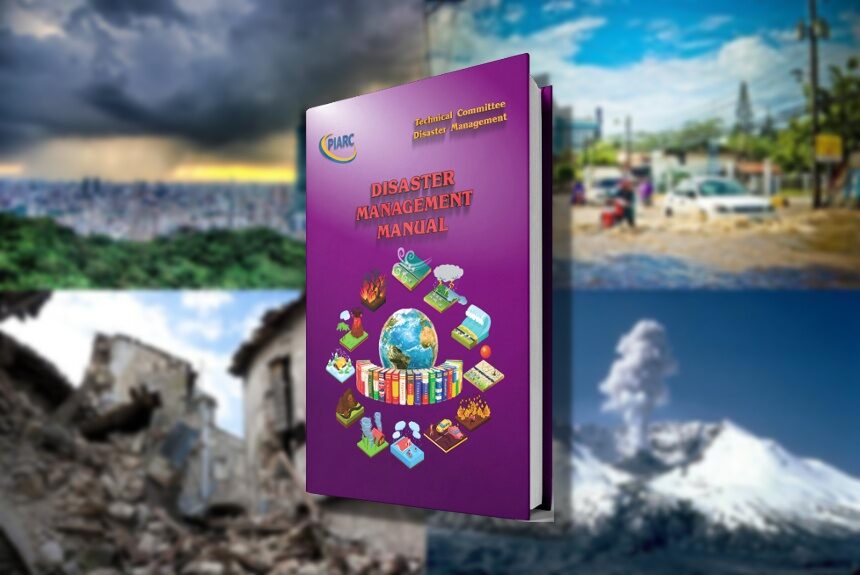Disaster management is a process of effectively preparing for and responding to disasters. It aims to reduce or avoid potential losses from hazards, ensure prompt and appropriate support to victims of disasters and achieve rapid and effective recovery. It also involves strategically organising resources to reduce the harm of catastrophe.
Disaster takes many forms – from human errors such as explosions or structural failures to natural disasters like earthquakes, droughts, torrential rains, typhoons, tsunamis, and flood disasters. Natural disasters are predicted to accelerate with the warming of the planet.
Whatever the form of disasters, they can disrupt communities, take a toll on people, infrastructure, economies, and the environment and stretch a community’s capacity to cope.
Though these disasters are sometimes hard to predict, road managers can prepare and anticipate these events by developing intervention plans to protect road infrastructure from damage and ensure that it remains functional during disaster events.
The PIARC (the World Road Association), a non-political and non-profit-making association, prepared a Disaster Management Manual that “provides advice on effective and efficient strategies and methods for PIARC member countries and regions in managing various disasters. This manual presents basic concepts and case studies of lessons learned and experiences gained in applying these basic concepts in practice. These ideas and examples are categorised and provided for each stage of the disaster management cycle.”
“The Disaster Management Manual (DMM) provides advice on efficient strategies and methods for managing various disasters on the road networks. It presents basic concepts and case studies of lessons learned and experiences gained in applying these basic concepts in practice. These ideas and examples are categorised and provided for each stage of the disaster management cycle.”
“Lessons learned from past events play an important role in disaster management. Those involved in road management must develop and quickly adopt disaster prevention technologies based on the knowledge and skills gained from past disaster experiences. This manual will help the information sharing among all road administrators.”
The manual is available in English and will shortly have versions in French and Spanish. It contains 20 chapters and is organised into five themes: Management, Mitigation, Preparedness, Response, and Recovery.
Click the button below to read more:



Leave a Reply